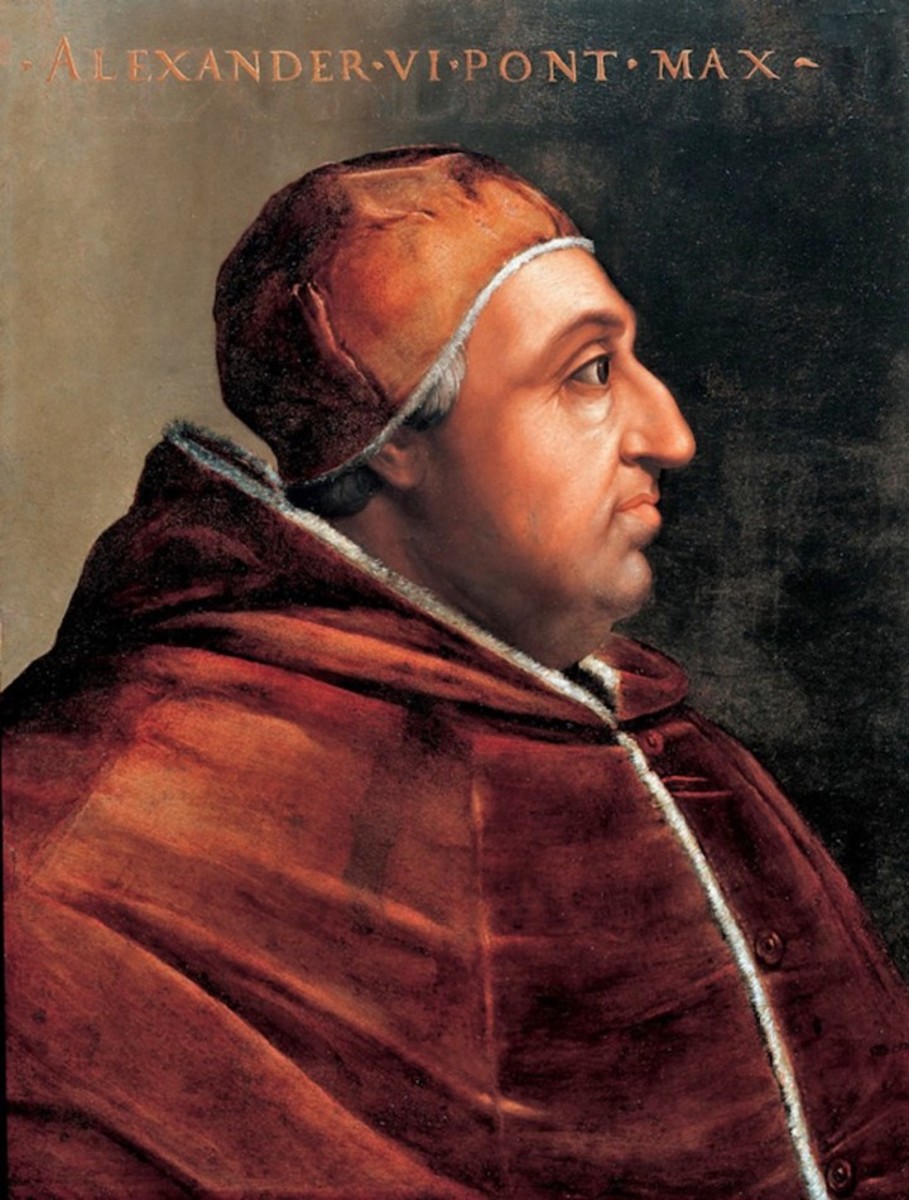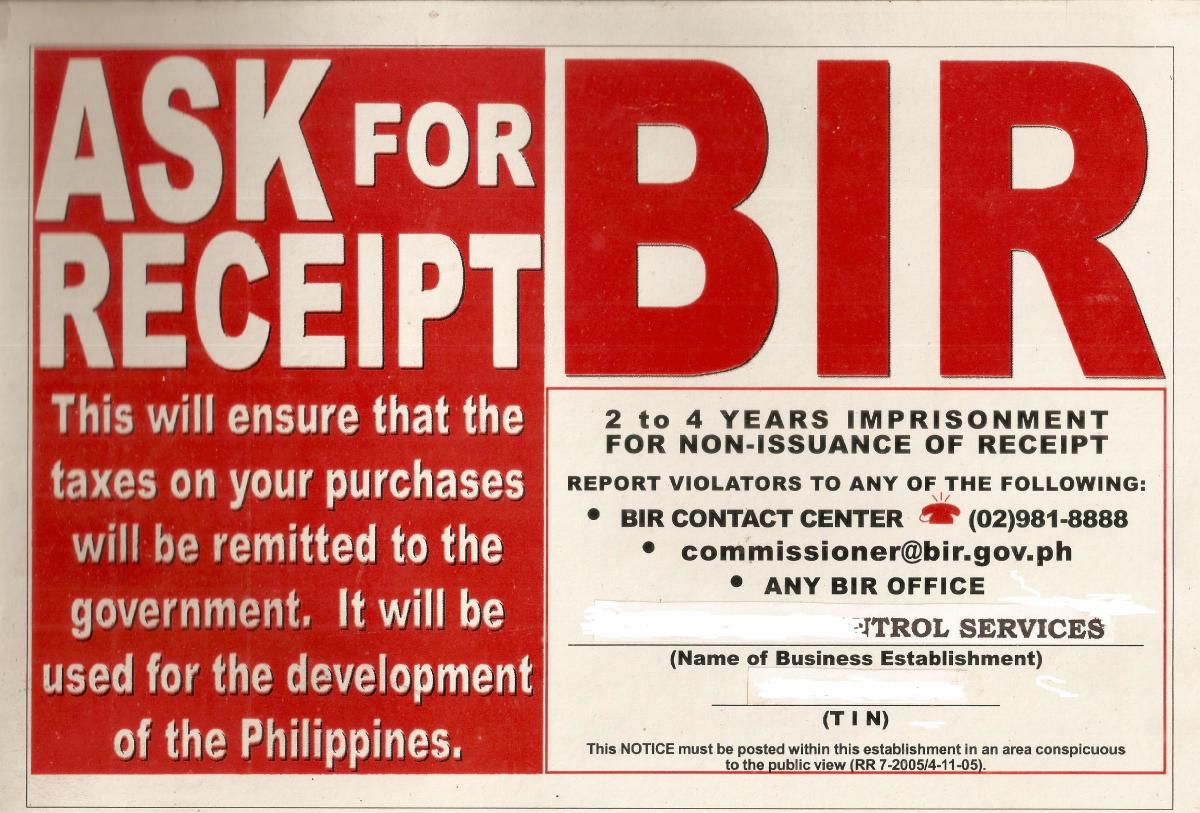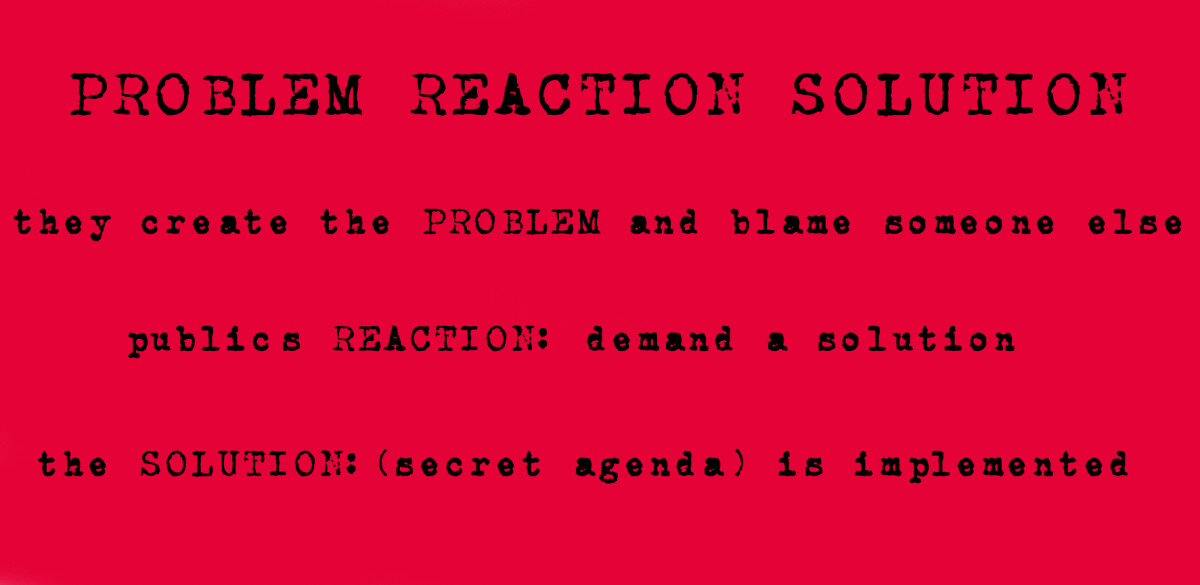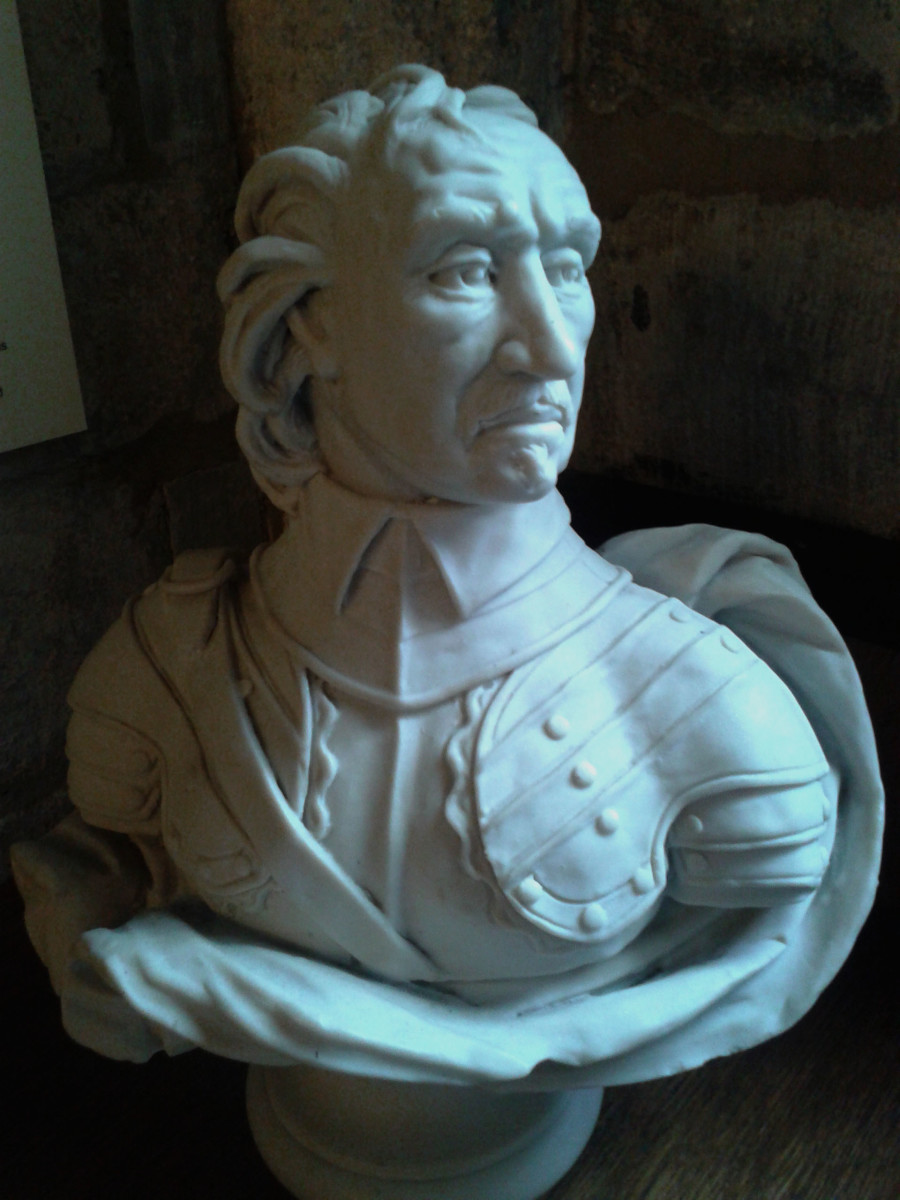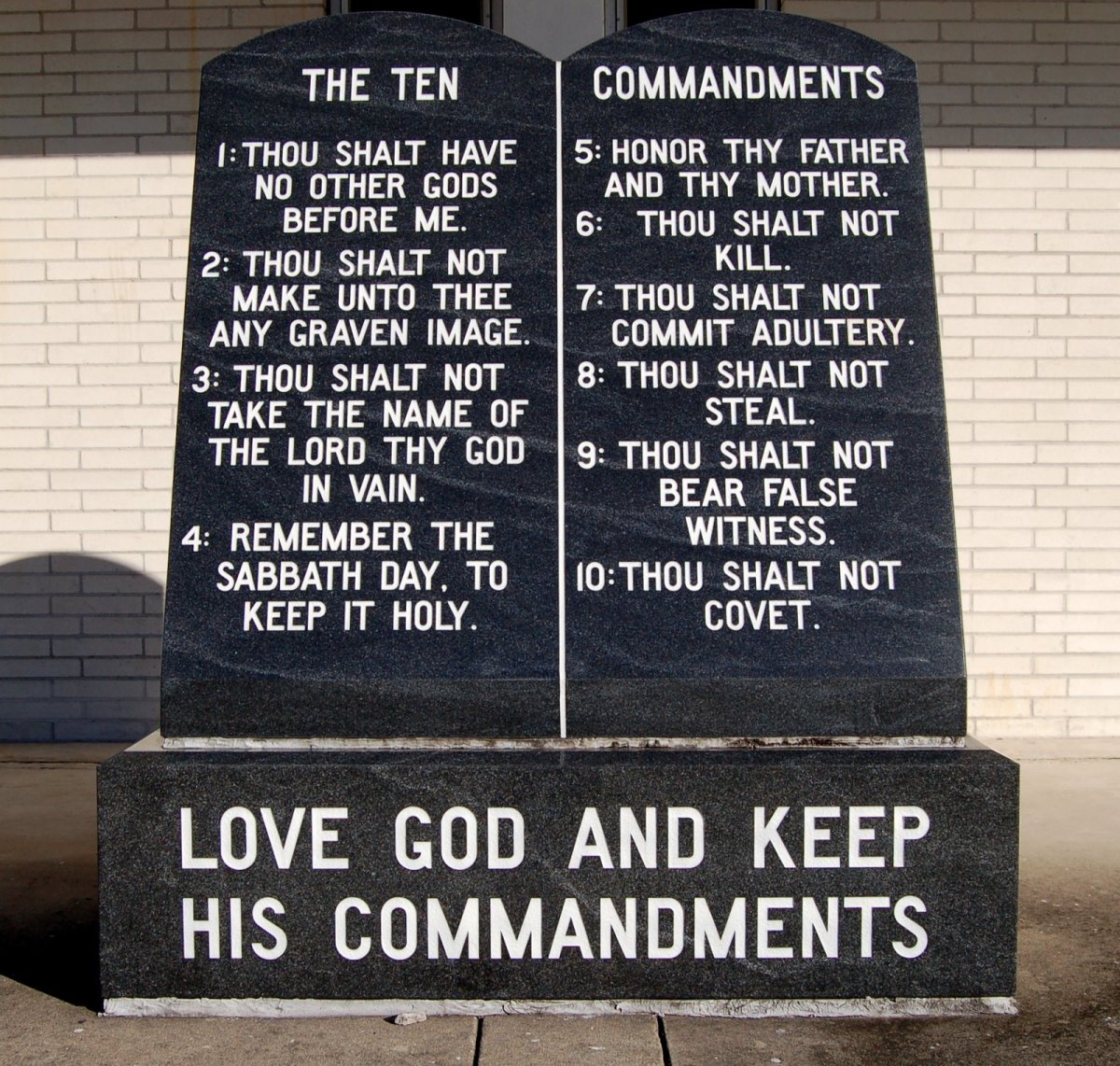Catholic Church Gets into Partisan Politics in the Philippines
Facade of a Catholic church in the Philippines, positions and formats of political posters indicated
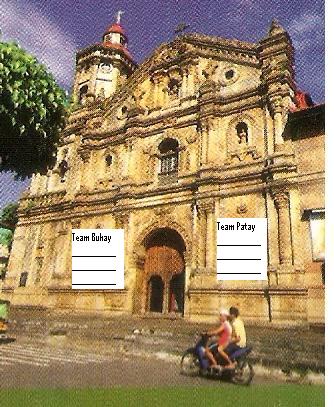
The Catholic church is engaged in partisan politics in the present political exercise
Political campaigns for elective positions from the municipal level up to the senatorial level are now on. Positions from the municipal councilor, vice mayor, mayor, provincial board member, provincial vice governor, provincial governor, district representative, and senators (12 of 24 positions) are up for elections by May 10,2013.
The Catholic church has joined the fray. That is from a position of religious morality it has gotten into secular morality and to partisan politics at that.
Why partisan politics?
During the last two years, bills on reproductive health were filed. One by the House of Representatives and another by the Philippine Senate. These are two chambers of the Philippine Congress. Each chamber can file separate bills, debate on their versions and the two versions are reconciled in the Bicameral conference comprised of representatives from the two chambers. The consolidated bill is then submitted to the President of the Philippines for his approval, or signature. A consolidated bill, the Reproductive Health Bill (RH) was passed by both chambers and submitted for signature to the president. President Benigno C. Aguino, III, signed it In December 2012. So it is now a law that will take effect in at least 90 days since the President signed it.
The Catholic church opposed the bills filed in the House of Representatives and in the Senate. The debate in both chambers took over two years, with the church actively campaigning against them. In principle, the position of the Catholic church is that the bills are against life. The Catholic church opposed the consolidated bill. The position of the proponents are that: give the parents enough information to decide the size of their family such that they can give enough support to their children. Proponents want to prevent unwanted pregnancy.
The Catholic church stuck to its position; so did the proponents. The unspoken agenda of the Catholic Church is to gauge its hold on the politicians of the country, particularly on the representatives and senators. Members of the Catholic Bishops Conference of the Philippines (CBCP) recognized as the body politic of the Catholic church said that they will mark those representatives and senators and campaign against them in the forthcoming elections.
They flaunted the Catholic vote and taunted the Filipino politicians with it. Filipinos are 75% to 85% Catholic.
Already the way the CBCP conducted the campaign against the RH bill was clearly a political act. It got into this position unilaterally; that is, it defined its political actions without any opposition from the politicians who do not want to provoke the ire of the Catholic vote. CBCP used the pulpit and social media.
However, even among the Catholics, there was opposition to the position of CBCP. So professors and members of the faculty of Catholic schools like La Salle and Ateneo de Manila openly registered their opposition on television, in media and in their newsletters. For example, a professor in La Salle said that La Salle schools are teaching science and does not want to take a position like that of CBCP that is unscientific. Some students of Catholic schools opposed the CBCP through their school newsletters.
One Catholic bishop said on TV that his church is meddling in the RH bill because it deals on a moral issue.
He is partly correct. But he fails to consider the fact that morality consists of religious and secular. The Catholic church must deal with the religious morality and the Philippine government and polity on secular morality. It is obvious that the Catholic church asserts the religious is the only kind of morality. That is a mistake.
Why do we say that the Catholic church is engaged in partisan politics? It now becomes obvious that the Catholic church is bent on implementing its statement that it will mark the politicians who pushed the RH bill and campaign against them. At least one archdiocese, that of Bacolod based in Negros province, started implementing it last week. The archdiocese has displayed on the left and right side of the facade of its cathedral posters of “Team Patay” and "Team Buhay." “Patay” is the Pilipino term for death; "buhay" is the term for life.. The Philippines is divided into at least 12 archdioceses run directly by the Vatican. So the poster translates into “Team of Death.” In the "Team Patay" poster, the names of politicians who pushed the RH bill are listed. In the "Team Buhay" poster, the names of senators who opposed the RH bill and endorsed the position of the Catholic church are listed.
Bishop is politicking
Sixto Brillantes, Chief Commissioner of the Commission on Elections (Comelec), said on TV that anybody who makes a statement for or against any candidate is politicking. He said the archdiocese cannot claim the posters as part of freedom of speech without being engaged in politics. It is politicking along the principle of freedom of speech. But the Catholic church should not get involved in politicking. The Comelec today (Feb. 28,2013) ordered the revision of the archdiocese's posters to reduce their size as they are too large in violation of Comelec rules.
Editing as of March 23,2013. Brillantes said the Comelec had not yet filed a case in court regarding the over-sized posters but already the Bacolod bishop filed a petition for restraining order with the Supreme Court. The bishop said on television that the Comelec has no jurisdiction over its posters. The logic of this bishop is amazing. He is into partisan politics yet asserts that he is not covered by the laws of the Philippines. And he is using the organs of the government.If it were a boxing bout, he is a protagonist and a referee at the same time. The Comelec is a quasi-court by itself in that it decides the winner in an election, for example. End of editing.
It has been along the secular morality of the politicians to push the RH bill. Being representatives, they represent their district constituents. Being senators, they represent the whole nation (senators being elected nationwide). Therefore, the majority of the Filipino people through their representatives and senators, voted for the RH bill.
There is nothing wrong for the Catholic church to espouse its religious morality. But it should limit its activities along the principle of the separation of the church and the state.
Condemning the people
Now putting the senators who pushed the RH bill in a basket called “Team of Death” is partisan politics. It should be recognized that secular morality won over religious morality as spelled out by the Catholic church. There are other churches that supported the RH bill. They did not campaign as vigorously or as arrogantly as did the Catholic church.
The Catholic church must realize that religious morality is only one of the options to address overpopulation, poverty, death of mothers during delivery, malnutrition of children, juvenile delinquency, lack of housing and low literacy.
In the same logic that the Catholic church applies, suppose we say that the Catholic church is the “Team of Death” in the sense that its position promotes death among mothers giving birth, death of newborns, malnutrition, lack of shelter, and lack of education? These are not mere allegations. Surveys of Filipino population bear these out.
The representatives of the people see that the religious option fails to address these issues.
To condemn the representatives of the people on the RH bill is to condemn the people. Therefore, the Catholic church is condemning the Filipino people. For whom is the Catholic church?
Catholic church not for democracy
We know that the Catholic church does not promote democracy in the sense that its prime authority, god, is not voted by the people. Also in the sense that its bishops are not elected by the people, at least in the Philippines. There are other countries where the bishops and parish priests are elected by the laity. So the Catholic church will not recognize the rule of the majority, in the case of the RH bill: majority of the representatives and senators and that of the president of the Philippines who was elected nationwide.
The Catholic church is clutching on the straw that most Filipinos are Catholics. However, it must be remembered that the Filipino revolutionaries who drove away the Spaniards saw the faults in the unity between church and state during the Spanish colonial era. That is why they opted for the separation of the church and state in the first Philippine Congress in Barasoain church in Malolos, Bulacan.
Catholic church escaped the Philippine revolution of 1896
We see the stark facts that the power of the Catholic church has remained unscathed even as the political arm of the Spanish colonists had been severed. What are these facts? One, the Catholic church in the Philippines is being run directly by the Vatican. Two, the landholdings of the Catholic church awarded by the Spanish king have remained intact. Three, the Catholic church is not paying taxes on its businesses in the Philippines. Four, the Catholic church is repatriating funds to the Vatican. Five, there is no church constitution similar to that one imposed by the French revolution on the Catholic church. Six, the Catholic church is registered as a foreign corporation in the Philippines with extra privileges like landholdings and exemption from paying taxes.
In the French revolution of 1799, the revolutionaries abolished the privileges of the Catholic church and the nobles and imposed a constitution of the church. In the parting of ways between the pope and King Henry VIII in 1532, the landholdings of the Catholic church were redistributed and was made to pay taxes. Of course, Henry VIII made himself the supreme bishop of the Church of England, not beholden to Rome
The only change that went through the Catholic church in the Philippine revolution of 1896 is the separation of the church and state.
We do not know how much the Catholic church is repatriating to the Vatican because it is not giving a financial report to the Philippine government or making public announcement of its income. However, we can have a small glimpse of how much it is making by the the amount of alms in a parish church. Quiapo church is located in the heart of Manila, its patron is the black nazarene. Manny Pacquaio, the champion boxer, hears mass there. Some 20 years ago, Quiapo church was robbed, its alms box was taken away. The parish priest was asked by an investigator on his estimate of the amount that the alms box contained. The priest said it probably contained two million pesos, the alms from church goers in two days. That means one million pesos per day. Each of the 12 archdiocese has a cathedral. It is probable that each cathedral gets one million pesos of alms a day. From this source alone. the Catholic church is making 12 million pesos per day. There are plenty of big churches in Metro Manila; each can make one million pesos per day. Not to mention that Manny Pacquiao must be giving a sizeable alm, he being proclaimed by the Catholic church as bible ambassador.
Each church is a collection center of alms. Most of these churches were built by forced labor of the Filipino natives during the Spanish colonial period. One big church in Daraga, Bicol region was built on top of a hill by virgins, meaning virgin women. ("Daraga" is the Bicol term for virgin.) The chicken egg white was used as mortar to join bricks in building a church. Imagine the number of unpaid for eggs collected from Filipino natives!
The Vatican has an empire in the Philippines run by bishops and priests. The constitution of the Vatican is in effect; the Catholic church has its own economy, it has its own administrators; it has a land territory. The Filipino Catholic has two countries, the Philippines and the Vatican but the Vatican citizenship is not declared or formalized. Seen another way, the Filipino Catholic has a secular citizenship (Filipino) and religious citizenship (Vatican). S/he pays taxes on the secular and alms on the religious.
There is no business better than the Catholic church. It gets its capital from the Filipino people. It uses the churches built by forced labor during the Spanish era. If it built new ones, it got financing from alms, donations, and business not paying taxes. It uses Filipino talents, priests and bishops, and members of the laity who render services for free.
[That reminds me of cronies of the dictator Marcos. They engaged in business using capital from the financial institutions of the Philippines like the Philippine National Bank and the Development Bank of the Philippines. They did not put up any collateral for their loans, just a note from Marcos on a presidential letterhead to give the crony a loan. That is, a behest loan, without collateral that will never be paid. After Marcos was ousted, the Harvard University asked one of its Filipino alumnus to write about entrepreneurship during the dictatorship. This alumnus had a doctorate degree in economics. He wrote a book, zero equity, for the economic pundits of Harvard. The Marcos cronies did not have any equity in their businesses. I saw the blueprint of the book. Similarly, the Catholic church has zero equity.]
All Catholic priests and bishops are being subsidized and given allowances. Some even take pride that they commute, using the public transport system, for show that they are pro poor.
The Vatican is a country, a state like the Philippines or the United States. Its territory in Rome is one square mile that was donated by the Fascist Dictator Benito Mussolini of Italy to mollify the Catholic church and get its support for his dictatorship over Italy. The Big Three in WWII, United States, Russia and Great Britain, did not touch the Mussolini donation to the Vatican when they were deciding the fate of the world in the Teheran conference in February 1945.The pope when he visits the United States or Cuba is accorded the honors of a president or prime minister. In secular terms, the Vatican is a dictatorship. The functions of presidency, judiciary and legislature reside in only one body. In religious terms, the Vatican is a theocracy.
The friars who ran the Catholic church during the Spanish era have only changed in skin, structure and form into the persons of Filipino priests. That is, the theocracy and persuasions of the friars have been transferred to the Filipino bishops and priests.
The Filipino bishops and priests are not similar to the Filipino martyrs, Fathers Gomez, Burgos and Zamora who agitated for change in the Catholic church before the revolution. The present Filipino bishops and priests are similar to the friars who sentenced the GomBurZa to the guillotine.
Another issue that the Catholic church is silent about is that the Catholic church is registered as a private corporation, like Citibank or Bank of China. As a private corporation it is not allowed to participate in Philippine politics except by preaching its religious position, not in active political exercise. What if Citibank or Bank of China will display posters for the abolition of corporate tax and agitate the candidates to take this position?
At one time, a Catholic Dominican university in Manila along Espana avenue founded in 1611, ran into a financial crisis. It had to find financing. It did not mortgage pieces of property, like piece of land, to any private or public entity in the Philippines. The reason is that it is a private corporation belonging to the Vatican that also has landholdings in the Philippines, a virtual empire. That UST campus consists of 25 hectares.
The enactment of RH bill into law resides well as a political exercise in democracy. The Catholic church does not promote democracy; it propagates theocracy that is rule by religion.
Editing as of March 23,2013. The Supreme Court of the Philippines issued a hold order, last week, on the implementation of the RH law, good for four months. This is its ruling acting on the petition of the Catholic Bishops' Business Conference of the Philippines and 14 others that the RH law is unconstitutional.
To recall, the RH law was passed by Congress of the Philippines and signed into law by the President of the Philippines.
This is a test case on the hold of the Catholic church on the Supreme court. This is a case of the Filipino people, being represented by Congress and Philippine President, against the Catholic church: two branches of the Philippine government (legislative and executive) against a private foreign corporation.
New entries as of April. 24,2014
RH law is "not unconstitutional"
On April 8, 2014, the Supreme Court of the Philippines decided that the RH law is "not unconstitutional."
However, this verdict does not hold true for the whole package. SC has picked out 8 provisions as unconstitutional.
I have a Hub (The Reproductive Health Act of 2012 is "not unconstitutional").




